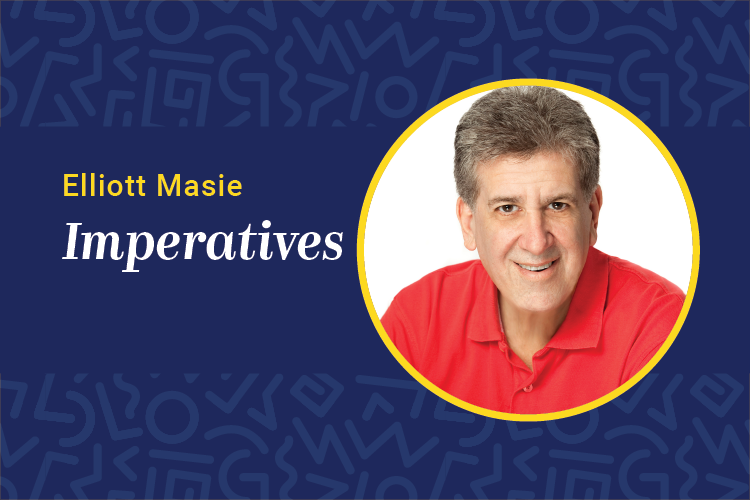Most trainers or instructors begin their classes with a statement of objectives that is focused on skills and awareness of knowledge. Designers of e-learning modules usually do the same. This is nice, since it helps learners focus on what they are about to learn and creates a sort of “learning contract” for the activities ahead.
Yet, as a learner, I often find one perspective missing from this starting act of training transparency. Where is the statement about the “learning assumptions” of the designer or instructor? Here are a few examples:
• Memorization levels: What type of memorization is ideal for a new learner to this topic? Is the assumption that I will just get familiar with the concepts and don’t have to memorize anything, since it is all in the documentation or online?
• Prior knowledge: Learners are often told that this is a course for beginners or intermediates, but what does that really mean? Hand me a list of the facts and skills that the designer assumes I know. The details empower the learner and often are critical clues to a challenge in mastering the new content.
• Philosophy of teaching: Is the class designed from a behaviorist view or is it a discovery learning experience? Does the designer believe in reward and punishment for the learner, a la B. F. Skinner and most of the computer-based training programs? Or, is this a discovery experience — a la the Waldorf/Montessori school — where the learner’s curiosity will be triggered by key planned activities?
• Degrees of difficulty: Not all content is equally tough or easy to learn. What if the learners received a color-coded, detailed agenda, indicating the designer’s or instructor’s assumptions on how difficult each item is to master? Learners could allocate study efforts appropriately, and it also would provide context for the learning challenges they encounter.
• How learners have succeeded (in detail): Learners would love to hear the specifics of how previous participants have succeeded — or failed — in learning this content. For example, how many times does it take an average person to learn how to effectively program in a particular language? What are the study and practice procedures that have worked best, and for which types of students?
• Assumptions of classroom dialogue: The classroom instructor can trigger a range of dialogues with participants. As learners who have been in classrooms for at least 12 years of our lives, we are pretty accepting of a teacher asking a question. What are his assumptions for classroom dialogue and participation? In other words, are we having this discussion as a diagnostic moment? Or is it focused on context?
• Who should not take this course: I have been using this section on course agendas for the past 20 years, to the surprise and appreciation of learners.
• How current the content and expertise basis is: In the age of Google and fingertip knowledge, learners deserve to know how current the information is and who the source is for the expertise. Is this leadership program the same one that has been taught for 16 years, or did it change after the former CFO went to jail? Who were the subject-matter experts for this program? On what theories is this program based?
Learning leaders, instructional designers and classroom trainers bring a very powerful set of assumptions to the design and delivery of learning programs. In many instances, these powerful assumptions are not obvious to the learners, even though they may hold the keys to learning success.
As we empower and expect our learners to take more responsibility for their own learning, and as the tools for self-service and informal learning expand, the age of learning transparency begins.
Elliott Masie is the CEO of The MASIE Center’s Learning CONSORTIUM. He can be reached at editor@clomedia.com.















